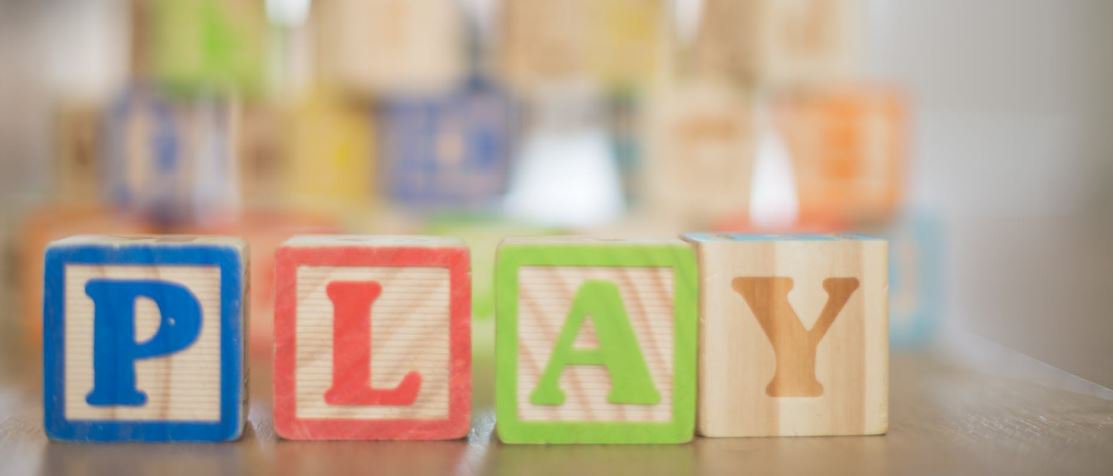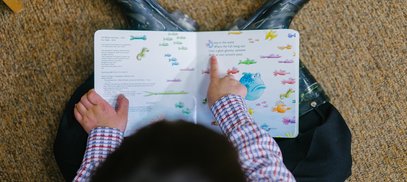Kirsty Cunnington, our Early Years Programme Manager, looks at ways practitioners can help children ease back into the new normal, upon their return to early years settings.
What might the return of early years settings look like?
Welcoming back young children to early years settings this week brings with it lots of challenges and anxieties, and keeping children and staff safe is of course top of the agenda for all early years practitioners.
For many settings, this will involve a small number of children staying in one group or ‘bubble’ with one or two adults in a designated area. These ‘bubbles’ will remain separate to limit contact and keep the potential spread of any germs to a minimum.
Staggered drop-offs and pick-ups for parents and carers will help ease congestion but, while it’s not suitable for parents to come inside the building to settle their children before leaving, this extra change to many children’s routine may cause them to feel anxious or confused.
There will be a heightened focus on hand washing, personal hygiene, cleaning of resources and disinfecting surfaces. Children could see a lot of the resources that are difficult to clean such as soft furnishings and soft toys removed from their usual environment so the room may look very different to them.
Amongst all these changes and concerns, it is important to remember that children’s access to a supportive and appropriate curriculum is key and should be at the heart of provision, as always.
For safety reasons, there may be fewer resources children are able to use, however the most valuable resource is the practitioner themselves - if the adult-child interactions are strong, a sparser environment really doesn’t matter.
How might time away from the classroom have affected children?
Meeting the child’s unique needs is one of the core principles of the EYFS curriculum, and it is more important now than ever.
Consideration of children’s differing experiences of lockdown is vital. They will have had routines disrupted, been isolated from their peers for many weeks and some children may have experienced trauma or lost loved ones.
Some children may well have thrived at home in lockdown, surrounded by family, and feel reluctant to return to nursery. They will be experiencing a range of emotions as they return and may not have the language to express or explain how they feel. They may display anger, cry or may not want to join in as they are feeling sad and tired or have a tummy ache.

How can we help children to ease back into their setting?
Acknowledging their emotions and providing time and opportunities to explore and process them is really important.
Play is the natural, spontaneous way in which children attempt to make sense of the world, so allow lots of time and safe spacing for free play as children return. Make sure there are places available for talk to occur naturally, as children will need to tell each other and trusted adults what is on their minds whenever something comes into their thoughts.
Books are a key resource for early years settings at this time. It may be that a set of books need to be assigned to each bubble then ‘quarantined’, or wiped clean after use, but however settings decide to ensure books remain hygienic, sharing stories is hugely important at this time. Lots of eBooks and audiobooks are available for free and can be used to supplement or replace physical books if hygiene remains a concern.
Books can be fantastic prompts for starting to ‘sort through’ feelings and can lead to further creative opportunities to make sense of children’s emotions and experiences. Expressing experiences through book characters or acting out stories allows children to bring to life their original experiences in a more manageable and less intrusive way.
There are some wonderful picture books that can support children’s wellbeing and help them explore emotions, many containing beautiful illustrations that will inspire further mark-making and creative art and craft activities, allowing children to express themselves and talk through feelings further.
We’ve put together a great list of suggested books to share that explore themes of worry, anxiety, anger, being away from home and being positive. The list also includes new books written specifically to help children understand coronavirus and how it affects our routines and relationships, one of which is available in 25 different languages.
We have also created some wellbeing resources to help practitioners support children’s wellbeing upon return to nursery and reception. They include session plans which aim to help children share their feelings, and a feel a sense of belonging in the new environment.
We know that a phased return to nursery and early years settings will be a challenging time for many children, families and practitioners, but using books, stories and play in a way that allows children to explore and reflect on the ‘new normal’ will help them to feel as comfortable and confident as possible.
